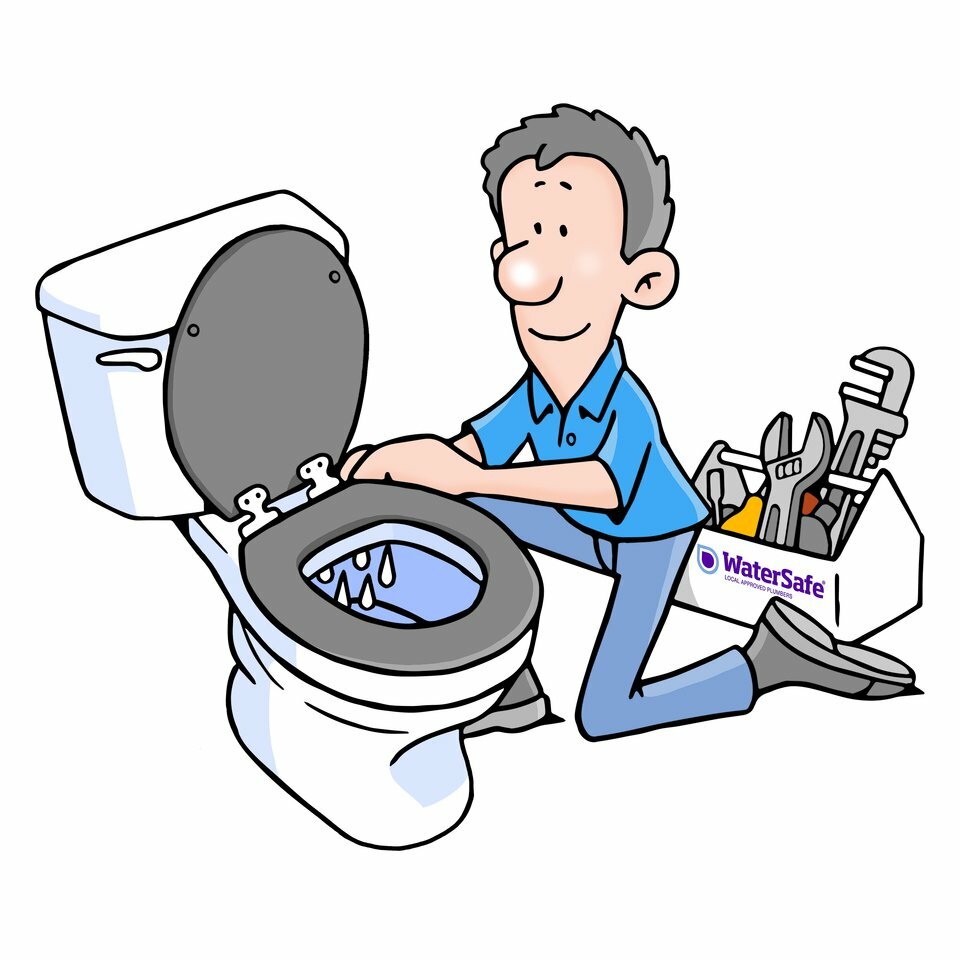Search for local
Approved Contractors and other servicesHow to check for a leak at your property
Common sources of leaks in the home include toilets, dripping taps, showers, radiators and pipework.
Also look out for poorly plumbed appliances and overflows from a water tank or cistern in the loft. Check outside taps too.
Some leaks are hidden from view and easy to miss. If you're on a meter, a higher than normal bill may mean that there is a leak on one of your pipes or appliances.
Not sure where your meter is?
Inside: it’s normally fitted close to your internal stop tap, which in many homes is under the kitchen sink, in the downstairs loo, on in your garage.
Outside: usually near the boundary of your home, such as in the front garden, your drive or in the footpath. You may need a screwdriver to lift the outer lid.
You can also sometimes find it in a wall-mounted box on the side of your home.
Now you can check your meter in a few simple steps:
Turn off all the taps and appliancesin the house that use water.
Wait 30 minutes to allow any tanks and cisterns to fill up, then write down your current meter reading (including the red digits).
Take a second reading after at least two hours, or overnight, making sure no water has been used in the meantime.
Check the meter reading again, especially the red digits. If the reading is higher, this means there could be a leak in your home.
If you're not on a meter, signs of a leak could be:
Loss of pressure
Rust
Areas of lush vegetation – could be a symptom of a recent leak during dry periods
Areas of reduced vegetation – this could be a symptom of a long term leak
Damp patches on walls, floors or carpets
Mould on ceilings and walls
A constant noise of flowing water coming from the pipes in your home.
If you have a leak on your supply pipe outside your home, check with your water supplier as they may be able to help repair it. If you think you have a leak inside your property you'll need to contact a plumber. You can use our postcode search to find a WaterSafe recognised plumber near you.
For further information on being more water efficient click here.
Assuming the worst has happened, the first thing you should do is turn off all water at the stop tap (sometimes called stop cocks or stop valves).
The stop tap controls the water entering your home and is often sited under the kitchen sink, but it depends on where the service point enters the property. Sometimes you will have an additional stop valve in your loft or airing cupboard.
A good tip is to find these stop valves and label them before any plumbing emergencies occur. Try to gently turn them off and back on again. If it won’t budge, don’t force it - you’ll need to get a plumber to replace it.Watch our film on how to find and turn off your stop tap.
The next thing you should do is open all cold water taps so the pipework and storage system drains quickly, this will help to reduce the damage. Do not turn on hot taps. Turn off the central heating system and, if it uses a solid fuel boiler, allow the fire to die out. Switch off any electric immersion heater, and then call a WaterSafe plumber.
You can use our postcode search to find a WaterSafe recognised plumber near you.
If you have a leak on your supply pipe outside your home check with your water supplier as they may be able to help repair it.

Toilets are the cause of one of the most common leaks in the home, with around 1 in 10 homes and businesses having a leaky loo.
A toilet leaking clean water from the cistern to the pan can waste up to 400 litres of water a day (that’s five full bath tubs) and add around £300 a year to your water bill if left unfixed. See more useful facts and figures in this short film from Thames Water: https://play.buto.tv/bJ6n2
The sound of a constant trickle at the back of the toilet pan is an obvious sign that something’s not right. However, some leaks are silent and easy to miss.
To check if you have a leaky loo, contact your local water supplier who may be able to provide you with toilet leak detection strips free of charge.
Alternatively:
Half an hour after a flush, wipe the back of the pan dry with toilet tissue.
Place a new, dry sheet of toilet tissue across the back of the pan.
Leave it in place for up to three hours without using the toilet, or overnight.
If the paper is wet or torn in the morning – you have a leaky loo.
To save water, money and energy don’t delay in getting your leaky loo fixed. If you need to replace a faulty toilet cistern, think about fitting a dual flush version that will save you several litres of water every time you flush.
Use our postcode search to find a WaterSafe recognised plumber near you.
For further information on being more water efficient, click here.
We use cookies to give you the best possible experience with WaterSafe. Some are essential to provide accurate emergency search results and ensure the website is secure. We also use cookies to help us understand how people use the site and to make improvements. Click "Accept All" to enable recommended settings or click "Manage cookies" to adjust your settings. For more details, see our Cookie Policy.